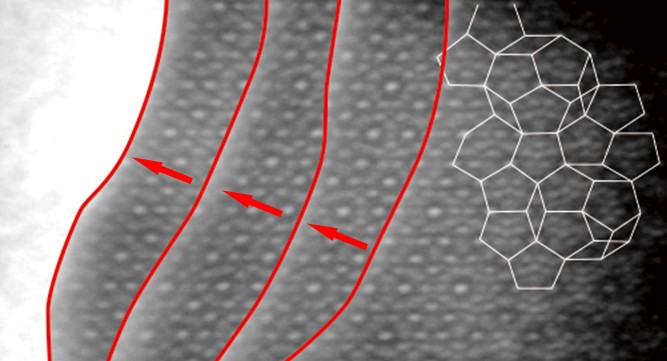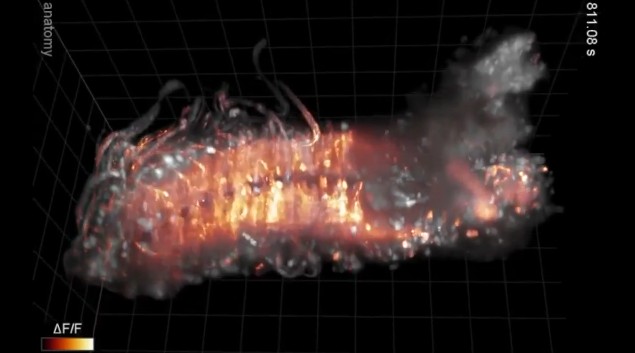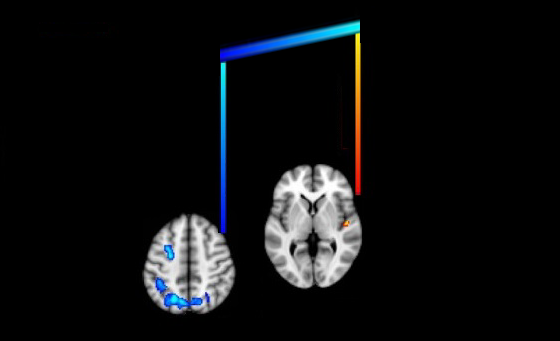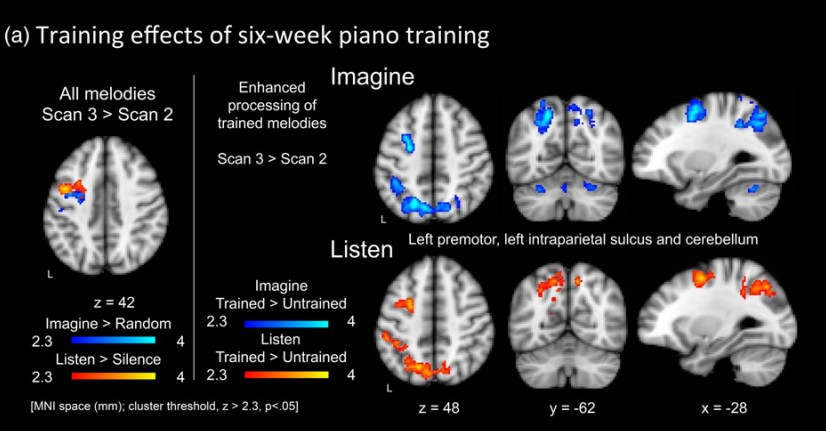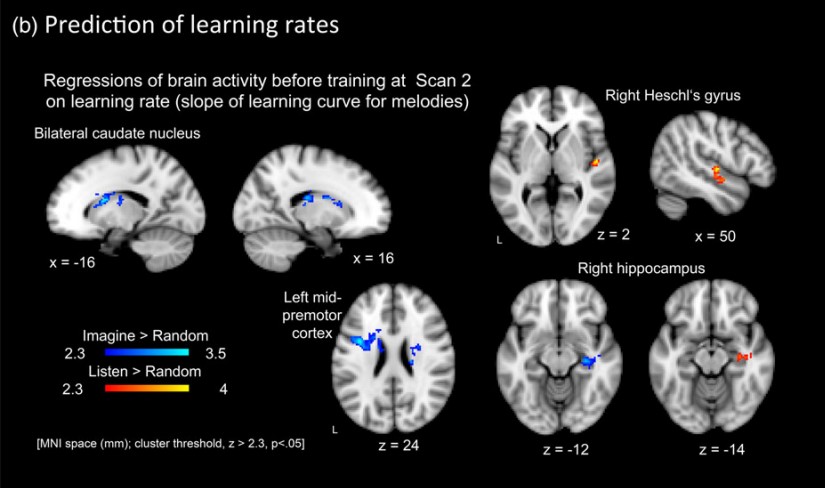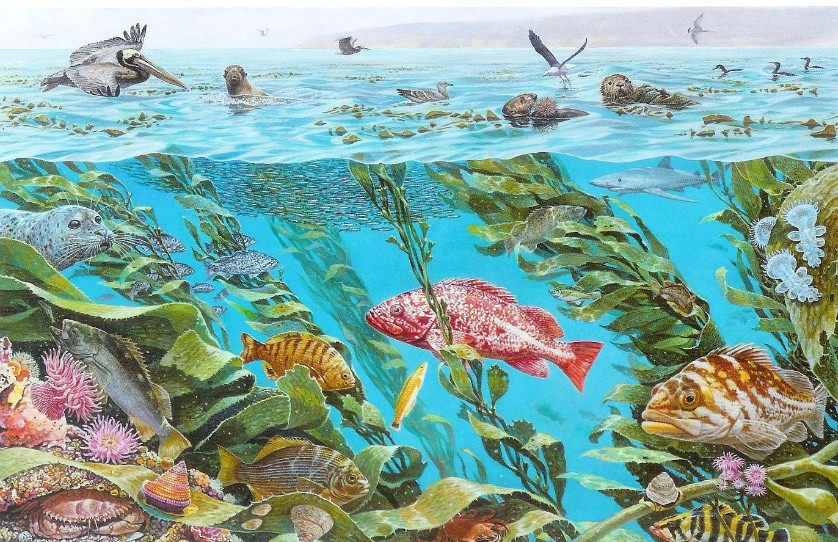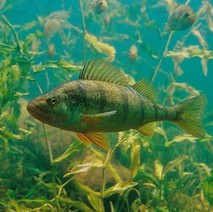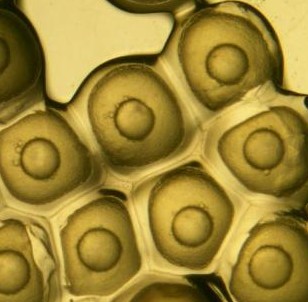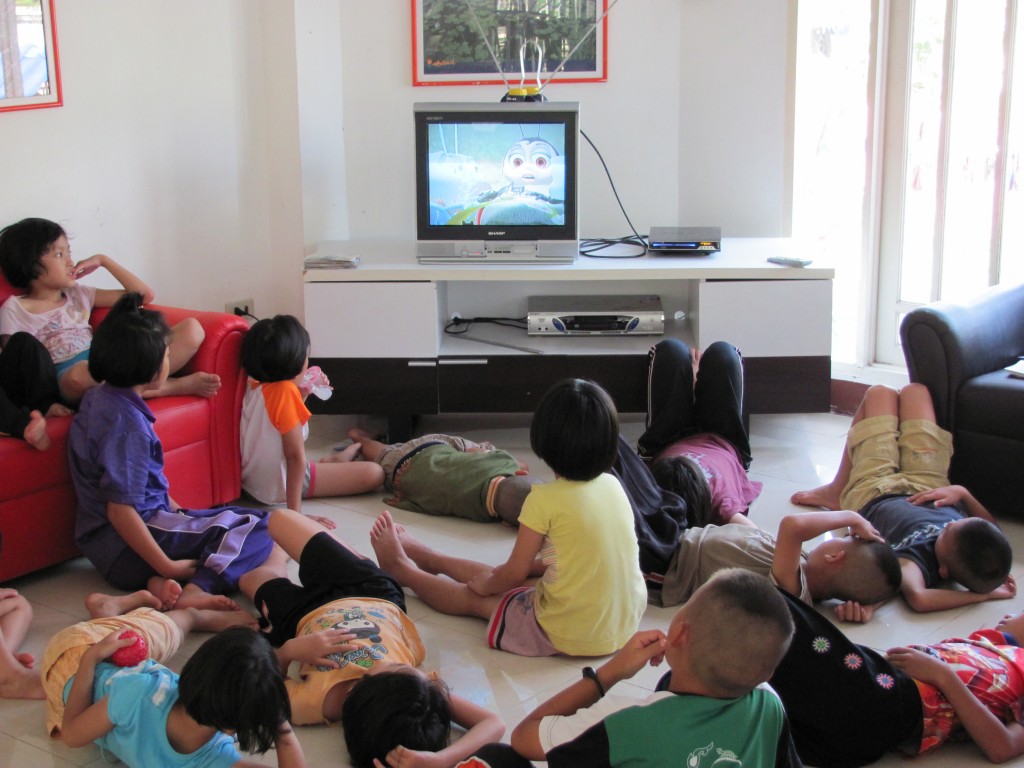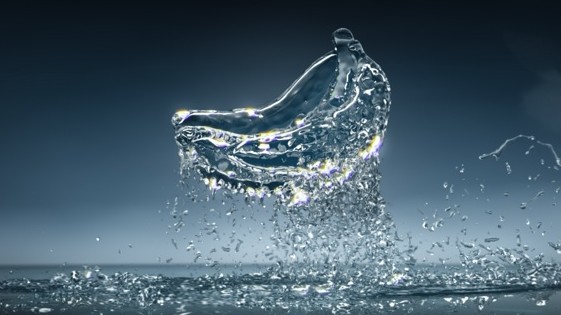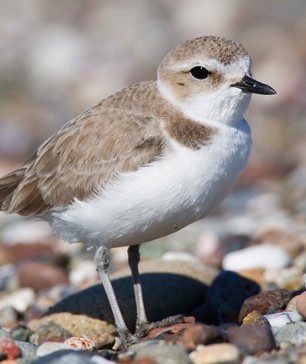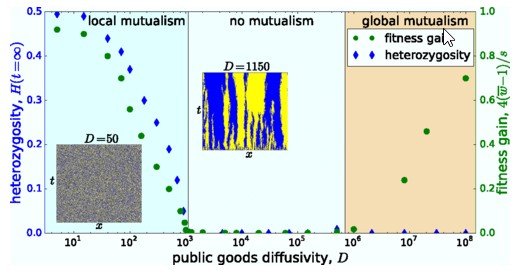Early adolescent males gain friends when they have sex while females lose them, a new study has found. Not only that, males who make out without having sex lose popularity, while females who do the same gain.
The findings of the study will be presented at the 110th Annual Meeting of the American Sociological Association (ASA).
“In our sample of early adolescents, girls’ friendship networks shrink significantly after they have sex, whereas boys’ friendship networks expand significantly,” said Derek A. Kreager, the lead author of the study and an associate professor of sociology and criminology at Pennsylvania State University.
“But what really surprised us was that ‘making out’ showed a pattern consistent with a strong reverse sexual double standard, such that girls who ‘make out’ without having sex see significant increases in friendships, and boys who engage in the same behavior see significant decreases in friendships.”
The study was based on information gathered from 921 students in 28 rural communities in Iowa and Pennsylvania states. Data was gathered from students over grades six through nine.
When asked to select their best or closest friend in their grade, students showed a high degree of preference for males who had sex but didn’t just make out and for females who made out but didn’t have sex.
Girls who had sex experienced a 45 percent decrease in peer acceptance. Boys who had sex had an 88 percent increase. Girls who just made out, however, had a 25 percent increase in peer acceptance while boys experienced a 29 percent decrease.
“Our results are consistent with traditional gender scripts,” Kreager said. “Men and boys are expected to act on innate or strong sex drives to initiate heterosexual contacts for the purpose of sex rather than romance and pursue multiple sexual partnerships.
“In contrast, women and girls are expected to desire romance over sex, value monogamy, and ‘gatekeep’ male sexual advances within committed relationships. A sexual double standard then arises because women and girls who violate traditional sexual scripts and have casual and/or multiple sexual partnerships are socially stigmatized, whereas men and boys performing similar behaviors are rewarded for achieving masculine ideals.”
Kreager thinks boys and girls reinforce traditional gender scripts at school.
“[The] pattern suggests that other boys are the peers that police social norms when it comes to masculinity, whereas girls receive strong messages about gender-appropriate sexual behavior from boys and girls,” Kreager explained. “It is not surprising that girls do not punish boys for ‘making out,’ as this behavior is rewarding for girls both socially and physically.
“However, there is somewhat of a paradox for boys stigmatizing girls who have sex because these boys are punishing girls for behavior that benefits boys both socially and sexually. We believe one reason for this is that only a small minority of boys have such sexual access, so those who do not have sex negatively define the girls who are having sex.”
“During early adolescence,” Kreager noted, “peer evaluations of initial sexual behaviors and virginity loss are likely to have large and lasting impacts on later sexual adjustment.”
By Cheryl Bretton

